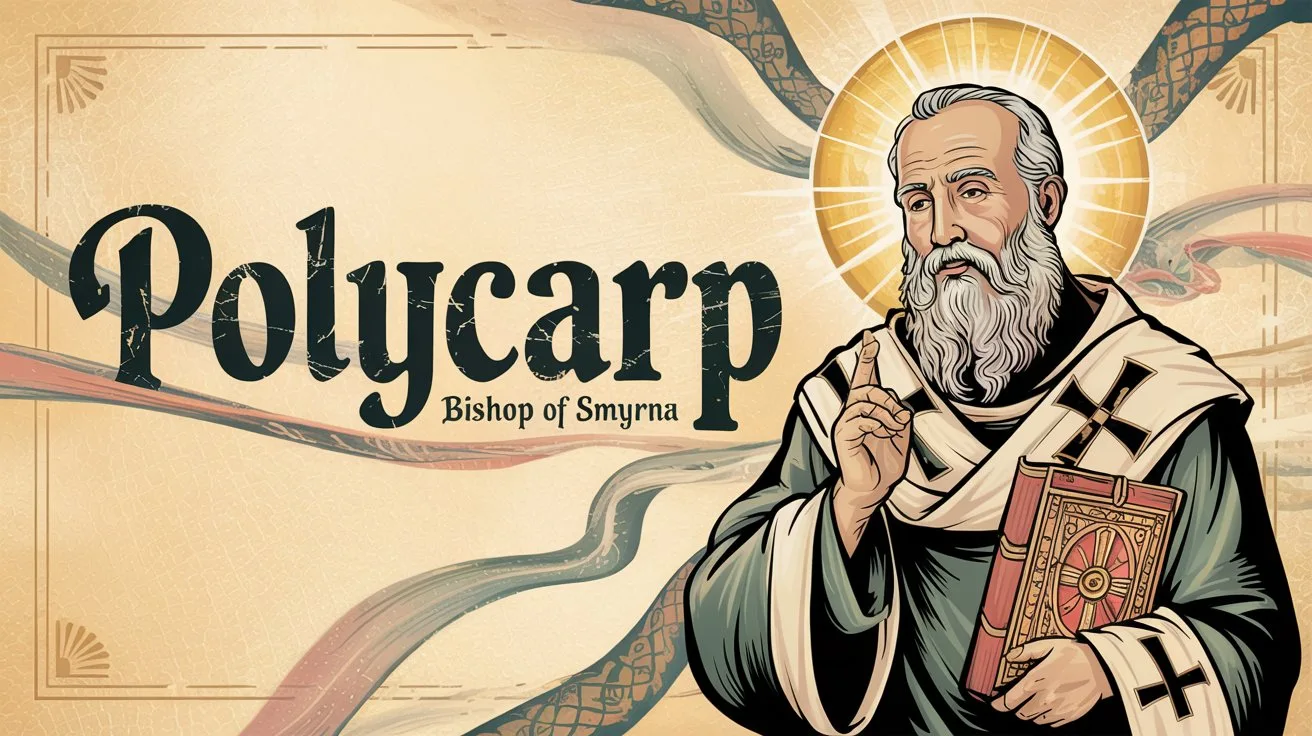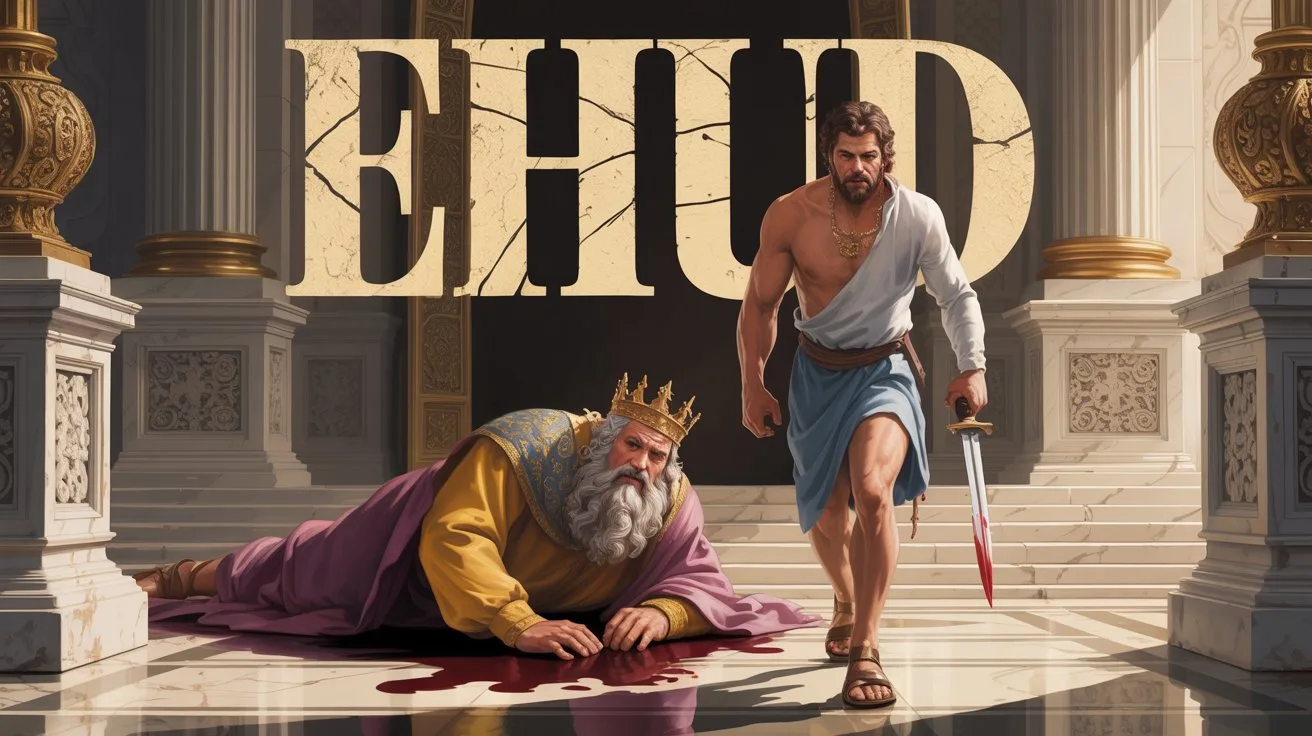The Garden of Eden was the original paradise created by God, a place of beauty, peace, and direct fellowship between God and man. Genesis 2:8 says, “The Lord God planted a garden eastward in Eden, and there He put the man whom He had formed.” It was filled with every tree that is pleasant to the sight and good for food, and in its midst were the tree of life and the tree of the knowledge of good and evil (Genesis 2:9).
Adam was placed there to “tend and keep it” (Genesis 2:15), and he had open communion with God. The Garden represented God’s perfect provision and His intended harmony between humanity and creation.
However, the Garden also became the setting for mankind’s fall. Eve was deceived by the serpent and ate of the tree of the knowledge of good and evil, and Adam followed (Genesis 3:6). This disobedience brought sin and death into the world. God pronounced judgment, and Adam and Eve were cast out to prevent them from eating from the tree of life and living forever in a fallen state (Genesis 3:22-24).
God placed cherubim and a flaming sword to guard the way to the tree of life. The Garden of Eden thus became a symbol of both the lost paradise and the future hope of restored fellowship through Christ.
The tree of life appears again in Revelation 22:2, where it grows in the New Jerusalem, bearing fruit for the healing of the nations. Eden points to what was lost in Adam and what will be restored in Christ.







